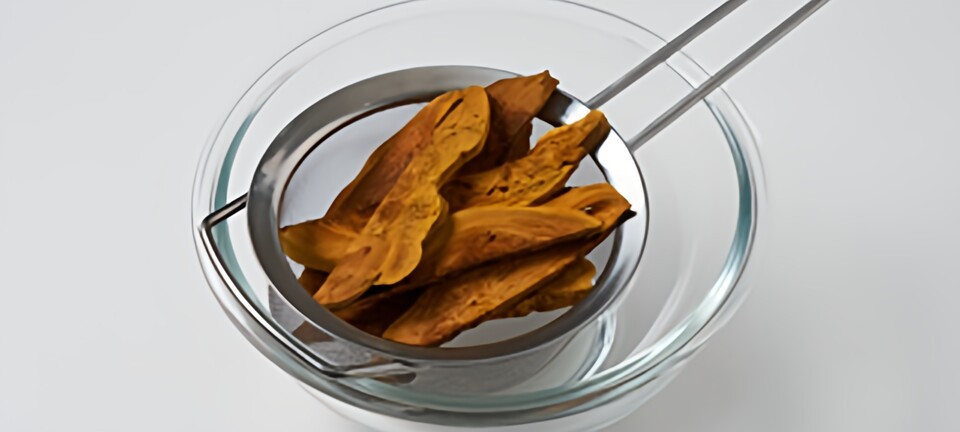The Rural Development Administration has unveiled 30 cooking recipes using three types of medicinal mushrooms: sanghwang, maitake, and reishi mushrooms, to make them more familiar for everyday use. This initiative aims to encourage the consumption of medicinal mushrooms as regular ingredients and increase their utility.
Medicinal mushrooms are known to consist of bioactive substances that enhance immune function, possess anti-cancer properties, and offer antioxidant benefits, contributing to health improvement. Iconic types include sanghwang mushrooms grown on oak or broadleaf trees, maitake mushrooms that grow on chestnut trees, and reishi mushrooms, also known as lingzhi.

Some of the highlighted dishes suggested by the Rural Development Administration include ‘Sanghwang Mushroom Nurungji Samgyetang’ using boiled sanghwang mushroom water, ‘Maitake Mushroom Army Stew’, and ‘Reishi Mushroom Jujube Jam Seolgi’ made with reishi mushroom and jujube water. Each recipe retains the unique health benefits of the medicinal mushrooms while simplifying the cooking process for everyday meals.
Instructions are also provided for handling and storing each type of mushroom. Dried sanghwang and reishi mushrooms are often sold in a dried state and can be utilized by boiling and refrigerating the water for use within 10 days. Maitake mushrooms, on the other hand, should be torn by hand and covered with a paper towel for airtight storage.
Chang-Gap Yeol, Director of the Mushroom Division at the National Institute of Horticultural and Herbal Science of the Rural Development Administration, stated, “Medicinal mushrooms serve as natural health supplements that are particularly effective for boosting immunity and relieving fatigue during the spring seasonal transition.” He encouraged individuals to select the medicinal mushrooms suitable for their body types to create a healthy diet.
The Rural Development Administration plans to distribute a booklet containing these recipes and storage tips in both Korean and English, which will be available for download from the National Institute of Horticultural and Herbal Science’s public data room on their website.